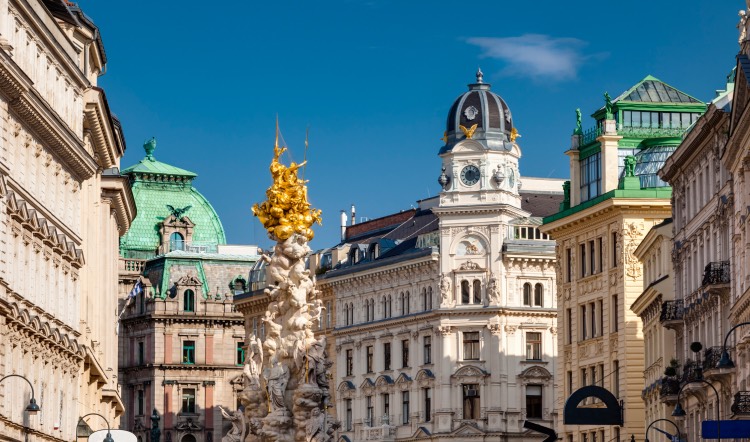Junkanoo, Bahamas: Where, When and How to Celebrate
More funk than junk, Bahamas’ national festival is a mass of energy, color and partying that goes off on Boxing Day and New Years Day each year.
Location
The parade circuits around Bay and Shirley Sts in Nassau, Bahamas.
Dates
1 January and 26 December.
Description
More funk than junk, Bahamas’ national festival is a mass of energy, colour and partying that roars through two nights of the year. Celebrated throughout the country, Junkanoo is at its wildest best in the capital city, Nassau, where the first ‘rush’ (as the parade is known) takes place on Boxing Day and the second on New Year’s Day. The latter parade attracts the largest crowds, with up to 50,000 people lining the streets.
The parades begin at 2am and usually finish up around 8am. Standing amid the crowds on Bay or Shirley Sts, you’ll feel the music before you see its source…a frenzied barrage of whistles and horns overrides the jangle of cowbells, the rumble of drums and the blast of conch shells. Then the costumed revellers stream into view, whirling and gyrating like a kaleidoscope in rhythm with the cacophony.
The most elaborate performers are the human parade floats, with costumes made from aluminium rods, cardboard, wire, crepe paper and contact cement that can weigh more than 90kg. The costumes depict exotic scenes and are adorned with myriad glittering beads, foils and rhinestones. Many marchers spend all year planning their costumes, keeping their designs a carefully guarded secret.
Junkanoo is fiercely competitive and many marchers belong to ‘shacks’, groups that vie to produce the best performance, costume, dancing and music. Amid the many shacks, four major groups – the Valley Boys, Saxons Superstars, Roots and One Family – compete for the grand prize.
The festival’s origins probably date back to the early 18th century in Ghana, and it evolved on the plantations of the British Caribbean among slaves who were forbidden to observe their sacred rites. The all-male casts hid their identities, following West African mask-wearing traditions. At first, Junkanoo was suppressed by the colonial governments, which feared it might get out of hand and lead to slave uprisings. On Jamaica and other islands, Junkanoo was suppressed to extinction, but in the Bahamas it became an integral part of the culture.
There are several possible origins of the name Junkanoo, though most contend that the festival is named for John Canoe. He was either a tribal leader who demanded that his enslaved people be allowed to enjoy a festivity, or a Ghanaian chief actually involved in the slave trade.
Level of Participation
3 – for the greatest involvement, skip the grandstands and join the throngs clambering for viewing positions along the streets.
Essentials
Grandstands line the parade route and tickets for seats go on sale a few weeks beforehand.
Other Local Attractions
Continue the Junkanoo experience by visiting the Junkanoo Expo on Prince George Wharf. Bask in the sun on Cable Beach, or on the famously white sands of Cabbage Beach on Paradise Island, home to the world’s most expensive hotel room (around US$25,000 a night) in the Atlantis Resort.
More Info: The Junkanoo website has festival and ticketing information.
Related articles
Simple and flexible travel insurance
You can buy at home or while traveling, and claim online from anywhere in the world. With 150+ adventure activities covered and 24/7 emergency assistance.
Get a quote
No Comments